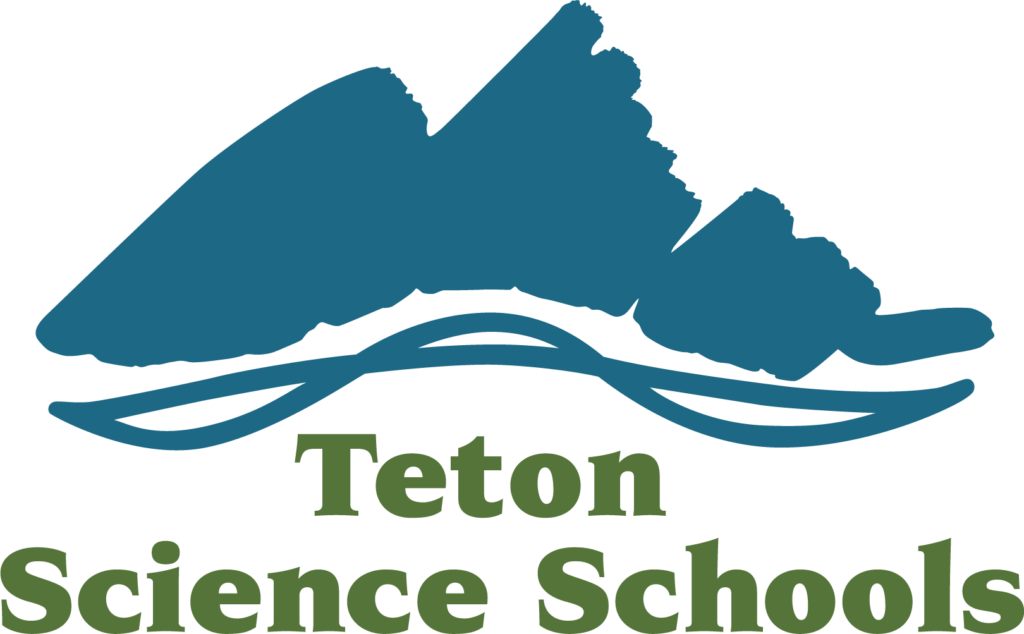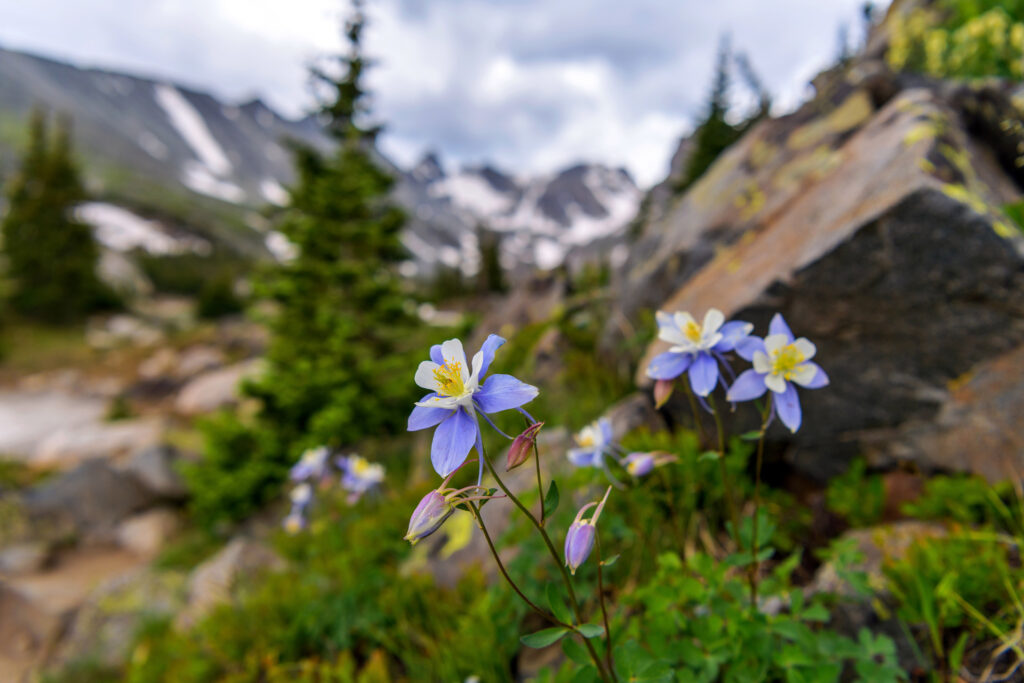July in Grand Teton National Park is a time when the landscape truly bursts into a vibrant tapestry of color. At Wildlife Expeditions of Teton Science Schools, we’re not just passionate about wildlife; we’re also captivated by the dazzling display of wildflowers that blanket the meadows, forests, and alpine slopes this time of year.
July is typically peak wildflower season in many areas of the park, offering incredible photographic opportunities and a chance to immerse yourself in the beauty of the Greater Yellowstone Ecosystem. Whether you’re hiking up Cascade Canyon or enjoying the shores around Jenny Lake, these floral gems are sure to catch your eye and capture your heart.
Based on our years of exploring these incredible landscapes and drawing inspiration from resources like the National Park Service and Wildflower Search, we are proud to share a glimpse into what you may encounter during your July adventures. So here is our guide on where to look and what you may see:
Valley Floor Meadows (Antelope Flats Road, Oxbow Bend, Mormon Row): These lower elevation areas often see an abundance of early to mid-season bloomers. Look for:
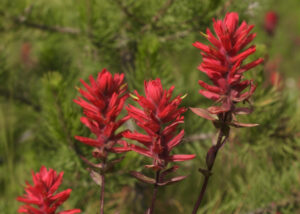
- Indian Paintbrush (Castilleja coccinea) Its vibrant red, orange, and yellow bracts are iconic. You’ll likely see several different species.
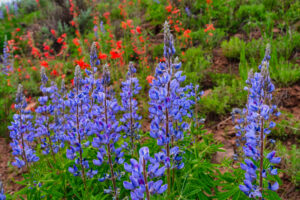
- Lupine (Lupinus perennis): Tall spires of purple, blue, and sometimes white flowers add a splash of color to the meadows.

- Cinquefoil (Potentilla): Yellow, five-petaled flowers are common.
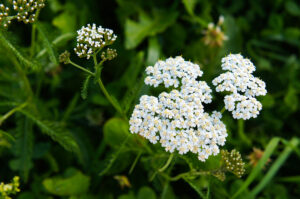
- Yarrow (Achillea millefolium): Flat-topped clusters of white or pink flowers are easily recognizable.

- Various Asters and Fleabanes (Asteraceae family): Keep an eye out for purple, pink, and white daisy-like flowers starting to appear.
Lakeshore Trails (Jenny Lake, String Lake, Leigh Lake): The edges of these pristine lakes offer a mix of sun and moisture, supporting a variety of species:
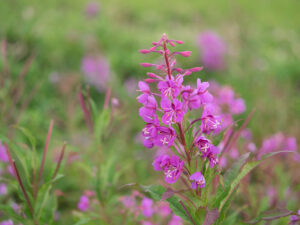
- Fireweed (Chamerion angustifolium): Tall stalks adorned with magenta-pink flowers create stunning displays, especially in areas that have experienced disturbance.
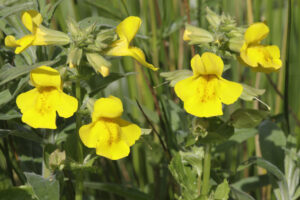
- Monkeyflower (Mimulus ringens): Look for their distinctive snapdragon-like flowers in various shades of yellow and orange, often in damp areas.

- Gentians (Gentiana): Deeper blues and purples will start to appear later in July in some areas.
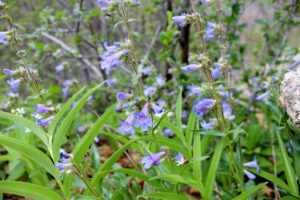
- Small-flowered Penstemon (Penstemon procerus): Clusters of small, tubular blue to purple flowers.
Mid-Elevation Hikes (Taggart Lake & Bradley Lake Trail, Hidden Falls & Inspiration Point Trail): As you gain a bit of elevation, you’ll encounter a new suite of wildflowers:
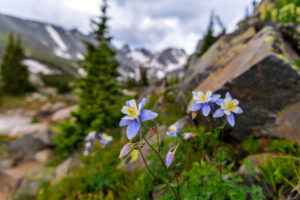
- Columbine (Aquilegia): Delicate spurred flowers in shades of purple, yellow, and red are a treat to discover in shadier spots.

- Wild Rose (Rose acicularis): Pink blossoms with a sweet fragrance.

- Various Phlox species (Phlox): Clusters of pink, purple, or white flowers.
Higher Elevation/Alpine Zones (Cascade Canyon, most Teton Crest Trails): For those venturing into the alpine zone, be prepared for a different, often smaller, but equally beautiful array:

- Alpine Forget-Me-Not (Myosotis asiatica): Tiny, brilliant blue flowers that thrive in harsh conditions.
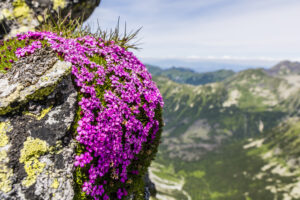
- Moss Campion (Silene acaulis): Forming dense cushions of pink or purple flowers close to the ground.
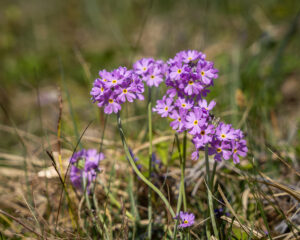
- Parry’s Primrose (Primula parryi): Vibrant magenta flowers are often found near melting snowfields.

- Sky Pilot (Polemonium viscosum): Clusters of bright blue flowers that seem to reach for the sky.
Our tips for Wildflower Viewing:
- Time of Day: Early mornings and late afternoons often provide the best lighting for photography, making vibrant colors pop.
- Respect the Environment: Please stay on trails to avoid trampling delicate wildflowers and their habitats. Remember the Leave No Trace principles.
- Bring a Field Guide or App: Resources like the NPS Wildflower Guide and the Wildflower Search database, as well as plant identifier apps like Picture This, can help you identify what you’re seeing.
- Be Bear Aware: July is an active time for wildlife. Carry bear spray and know how to use it. Make noise while hiking.
- Elevation Matters: Wildflower blooms progress with elevation. Lower elevations will bloom earlier, while higher elevations will peak later in the season.
- Weather Dependent: Bloom times can vary slightly depending on snowmelt and weather patterns.
At Wildlife Expeditions, our guides are knowledgeable about the local flora and fauna and can help you spot and identify the beautiful wildflowers you encounter on your tour. We believe that appreciating the intricate details of the natural world, like the delicate beauty of a wildflower, enhances our connection to this incredible place.
So, lace up your boots, pack your camera, and join us in celebrating the July wildflower bloom in the Greater Yellowstone Ecosystem. We look forward to sharing the wonders of Wyoming’s natural beauty with you. Book your tour here.
Resources:
